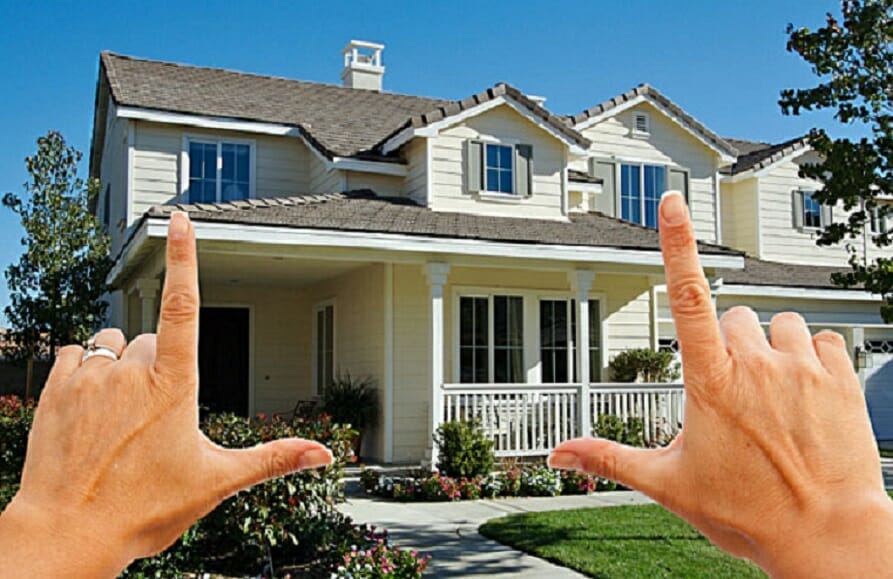What do Filipinos want in a home? It’s a question that’s definitely worth asking, considering that Filipinos are adaptable people, willing and ready to make a home anywhere they need to. However, if they had a choice, most Filipinos’ dream homes would be strikingly similar in several ways.
In this article, we’ve listed some of the most important elements most Filipino dream homes have in common:
1. Ample Green Spaces
A growing number of Filipinos are starting to recognize the importance of access to green spaces and natural features. A recent study published in Community Psychology in Global Perspective suggests that the plantito/plantita trend of the early 2020s was, in part, an expression of the desire of many Filipinos to be close to nature. The study also found the respondents enjoyed the mental health benefits of gardening, something that is supported by other studies that connect green spaces and mental wellness.
In Metro Manila, many prospective homeowners are looking outwards to escape the urban sprawl and meet their desire for ample greenery. More urbanites are trying to find a house and lot for sale in Lipa City and other less urbanized areas that still offer easy access to Metro Manila. Recognizing the growing demand for green spaces, forward-looking Philippine housing developers have also started to include more yard and garden space in their offers as well as more access to parks and other greenery.
2. Well-Defined Living, Dining, and Cooking Areas
As property values in the biggest Philippine cities continue to rise, the median size of Filipino homes has also shrunk. Separate living, dining, and kitchen areas have become less commonplace in recent years, replaced with smaller multipurpose rooms that serve two or more functions.
While often convenient, combining living, kitchens, and dining areas in one room can often cause distractions to bleed into all these different areas, impeding their function. For example, some people find it hard to relax in their living area if they can hear the air fryer or microwave oven working just arm’s length away. Often-unavoidable kitchen clutter can also be more visible, making dining and lounging less relaxing.
As a result, upwardly mobile Filipinos are now, more and more, desiring homes that feature separate or, at least, better-delineated living, dining, and cooking areas. Thankfully, developments in interior design and the wider availability of compact kitchen appliances make better-defined spaces possible, even in relatively small homes.

3. A Two-Car Garage
Many Filipinos continue to prefer detached homes with garages over condominiums with shared parking spaces. A minimum two-car capacity is often preferred, as extended families and larger nuclear families require the flexibility of having multiple vehicles.
And while not every family wants or needs two cars, having the extra space is often desirable for extra storage or as an activity area. Garages can also be easily converted to workspaces for home businesses, making houses with garages that could accommodate two or more cars a better long-term choice for many aspiring homeowners.
4. Located in a Quiet, Safe Neighborhood
Most prospective homeowners want their homes to be located in a safe and restful environment. This desire has, in part, been the driving force for the creation of gated communities all over the Philippines. While not everyone desires to live in a traditional gated community, most would still prefer to live in a neighborhood that offers relative quiet and safety.
Cognizant of this demand, property developers are now more likely to take steps that ensure better living conditions for their residents, including modern road safety features, more dense foliage to reduce reflected ambient noise, as well as less-intrusive high-tech security. These features all ensure that families can live tranquil and secure lives, even without high walls surrounding their homes.
5. Made with High-Quality Materials
Some people envision a sprawling dream home that could accommodate their entire extended family, while others would prefer a smaller, cozier house. Regardless of their vision, all prospective Filipino homeowners now demand that their homes are built with the best materials possible.
Using high-quality materials helps houses maintain their value, reduces their maintenance and replacement costs, and allows them to stand the test of time. While high-quality materials do tend to cost more, they are generally preferred, as most Filipinos view their homes as a legacy that should benefit multiple future generations.
6. Contemporary Architectural Features
While tastes differ from person-to-person, most Filipinos envision a dream home that allows them to live a thoroughly modern lifestyle. This has resulted in many Filipino dream homes following indigenous contemporary architectural trends.
Contemporary architecture takes into account lessons from the earlier styles of the 20th century to create homes that are minimalist, functional, energy-efficient, and sustainable. Indigenized takes on contemporary architecture usually take into account the local weather, cultural context, as well as current lifestyle trends.
As such, the exterior and interior designs desired by prospective homeowners tend to be simple and thoughtfully put together, incorporating features that save on maintenance and energy consumption while still being very identifiably Filipino.
7. Located Away from Flood Zones
Floods are now a serious threat to many Philippine cities. Memories of typhoons Ondoy, Habagat, Yolanda, and other recent tragedies still ring true in the local psyche.
Given this, many homeowners now want homes that are located away from flood-prone areas or incorporate features that minimize the potential damage caused by these calamities. Homes located in highland areas near large cities are now increasingly popular, offering protection from floods while giving homeowners wonderful mountain views.
Everyone has their own idea of what a dream home should be. That said, local property developers have identified a few recurring trends that tie Filipino dream homes of all styles and sizes together. In any case, as more Filipinos achieve prosperity, these dream homes are less likely to stay dreams and more likely to become a reality.














